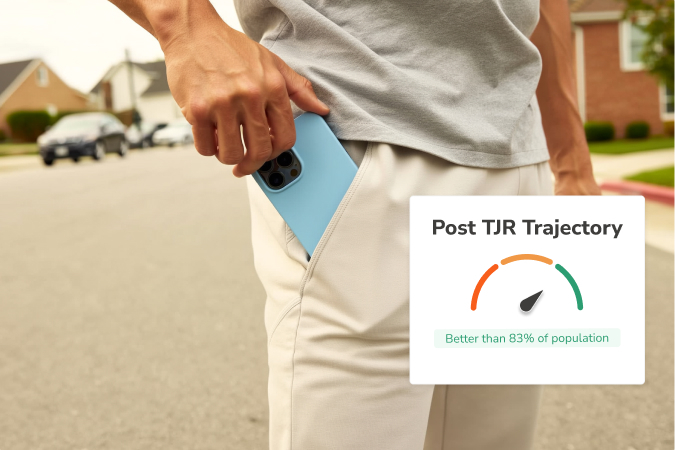
Measure functional outcomes after surgery, stimulation, or implant using just a smartphone. Objective, continuous, and passive - no wearables, no guesswork, no gaps.






Clinical visits miss what happens in between. Patient-reported outcomes are inconsistent. And the market expects more than anecdotes.
But collecting evidence is hard. Wearables add friction, gait labs are costly, and studies take time.
OneStep makes it easy. We turn every patient’s smartphone into a movement monitor - so you can prove your product’s impact at scale.
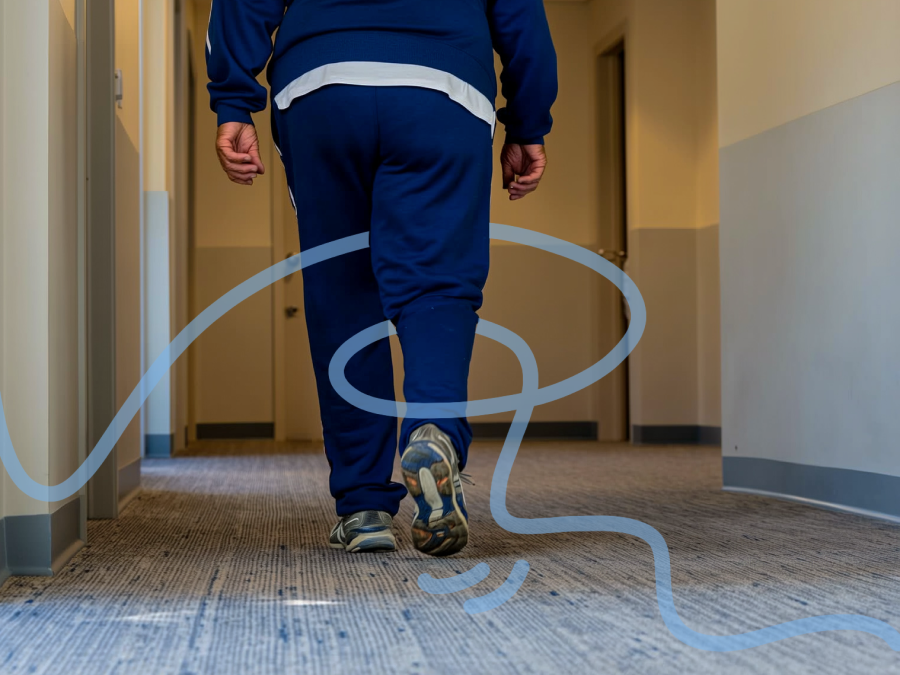
Detect changes in function, device fit, recovery, and risk - instantly. Personalized alerts and flags are delivered directly to your system of record.
Embed OneStep into your app (or use our white-labeled app) to passively track gait, balance, and mobility across the full timeline: before intervention, during recovery, and long after.
Generate continuous, real-world evidence across entire populations. Back every device, update, and outcome with objective data that tells a measurable story.

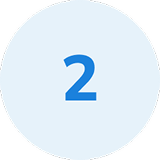

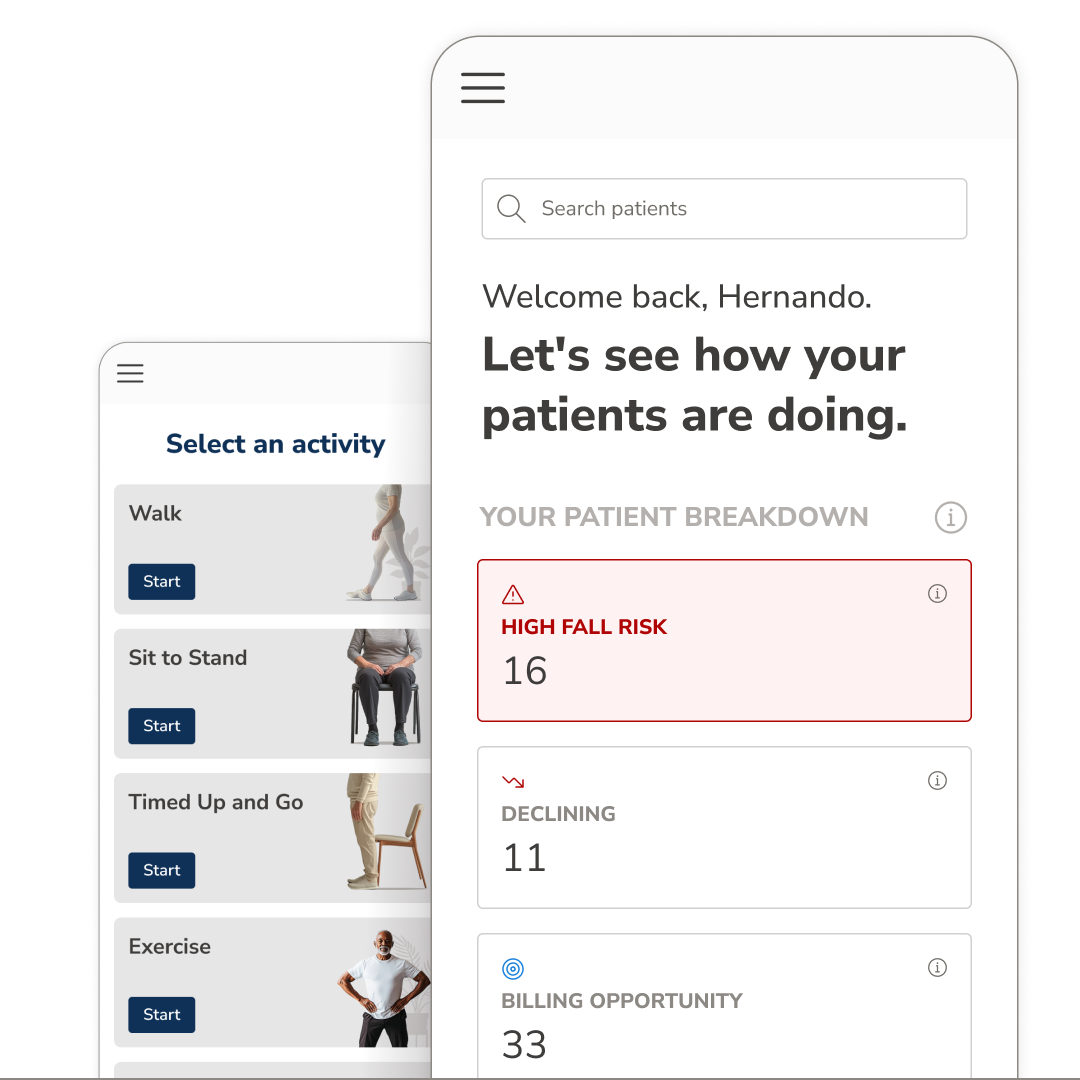
Measure before and after an intervention, throughout the recovery process, or along with use of the device. Tiny changes in gait will let you know who's improving, who's declining, and what might be corrected - without having the physically patient come to you.
.png)
Show progress with objective data to prevent dropouts when patients “don’t feel it’s working.” Seeing a walk score in front of their eyes changes the narrative to a patient.
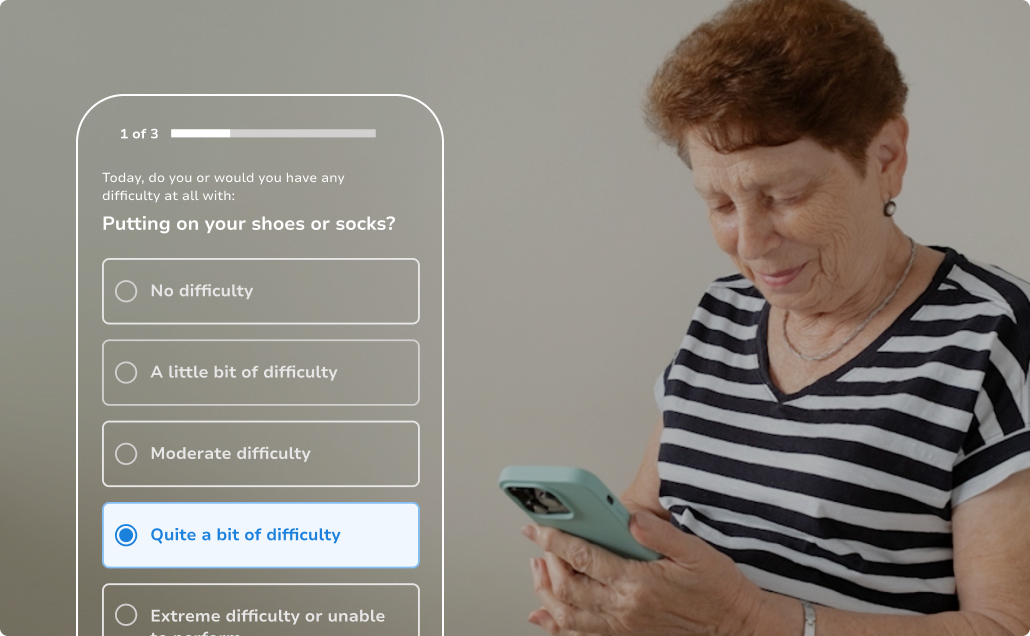
Provide clear, validated documentation to justify device use, upgrades, or replacements.
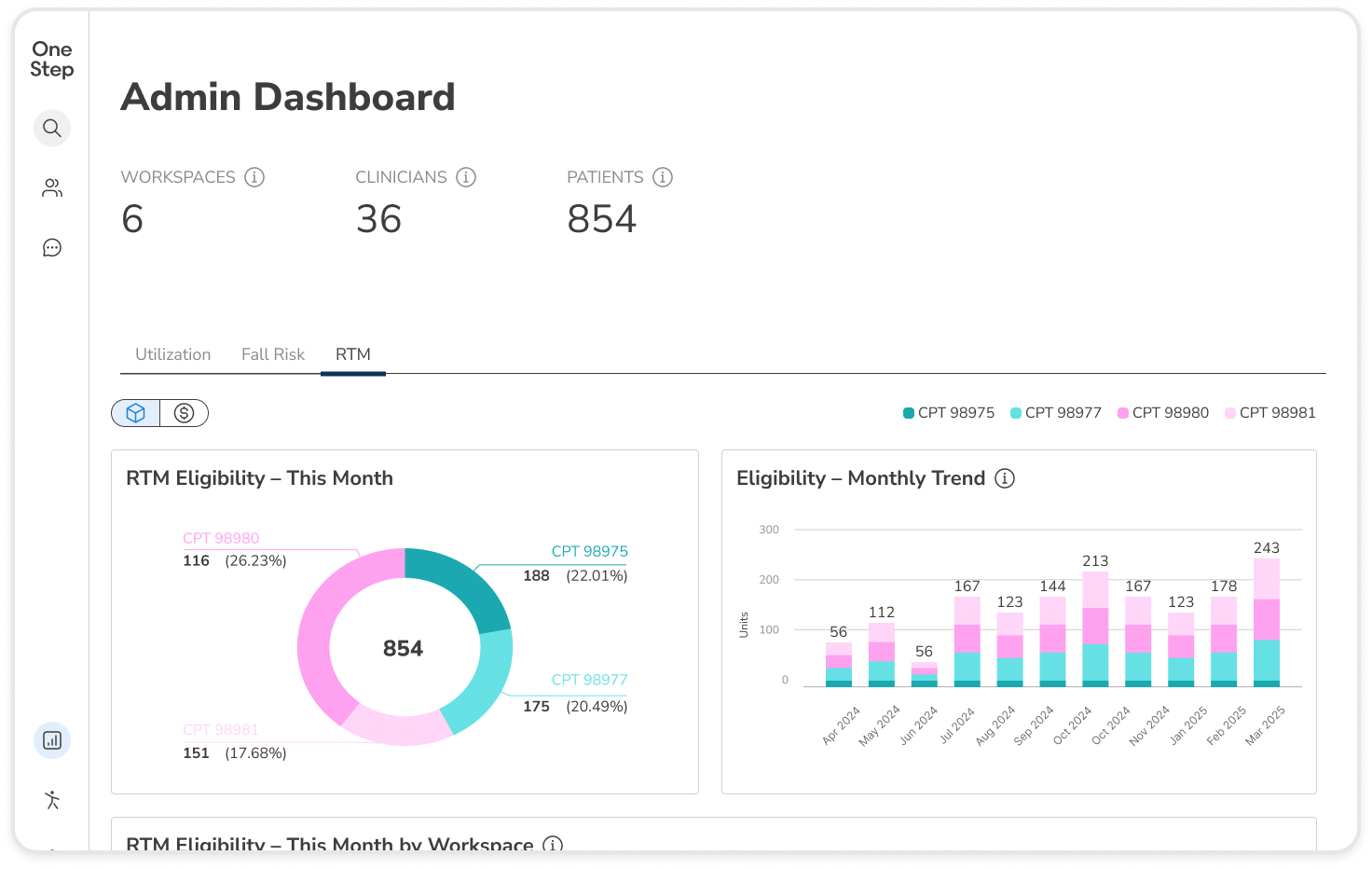
Analyze 30+ validated gait and mobility parameters, including double support time, velocity, cadence, and range of motion in any context. And, create studies in 60-90 days to validate outcomes, expand claims or differentiate in a crowded market.

Integrate via SDK into your own app, or use our white-label companion app.
Just a smartphone. No sensors, wearables, or calibration needed.
Log in once - data is collected automatically in the background.
30+ clinically validated gait metrics, captured in real-world conditions.
Every time the patient carries their phone, you get new data.
Spot risk early, track recovery trends, and compare results across cohorts.

.png)